Pollinators...
Take a look at one of the big events at VdM last week ... hosting and interacting with the exhibit "Pollinators: Little Helpers, Big Results."
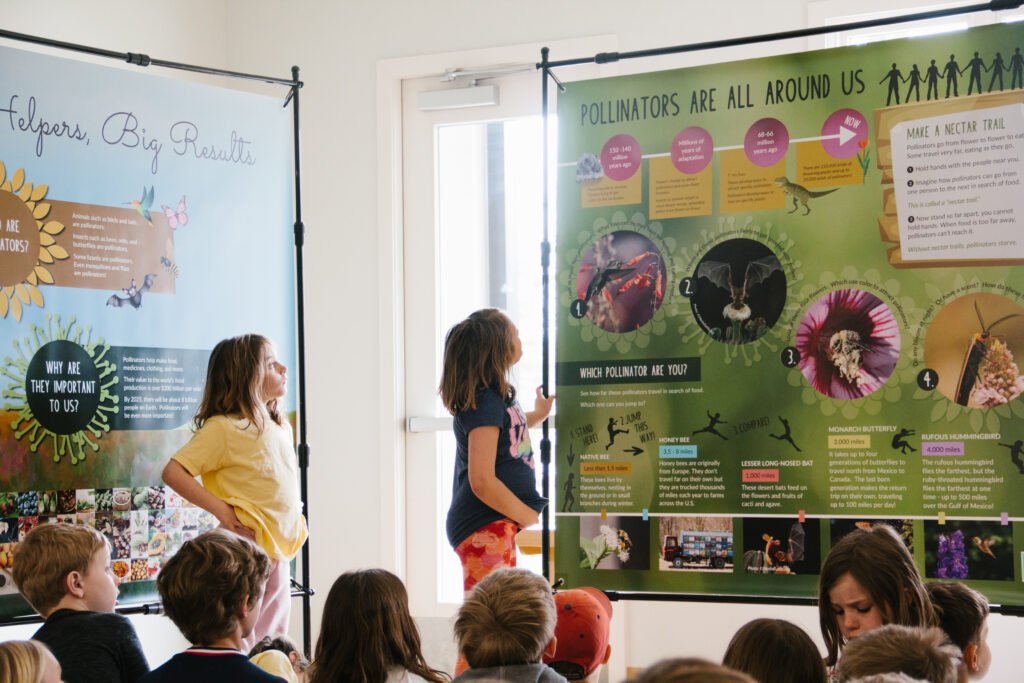
The exhibit, which is normally installed in museums, zoos or aquariums, made a special visit to our school and Extended Day through Elementary children were invited to interact with the exhibit.
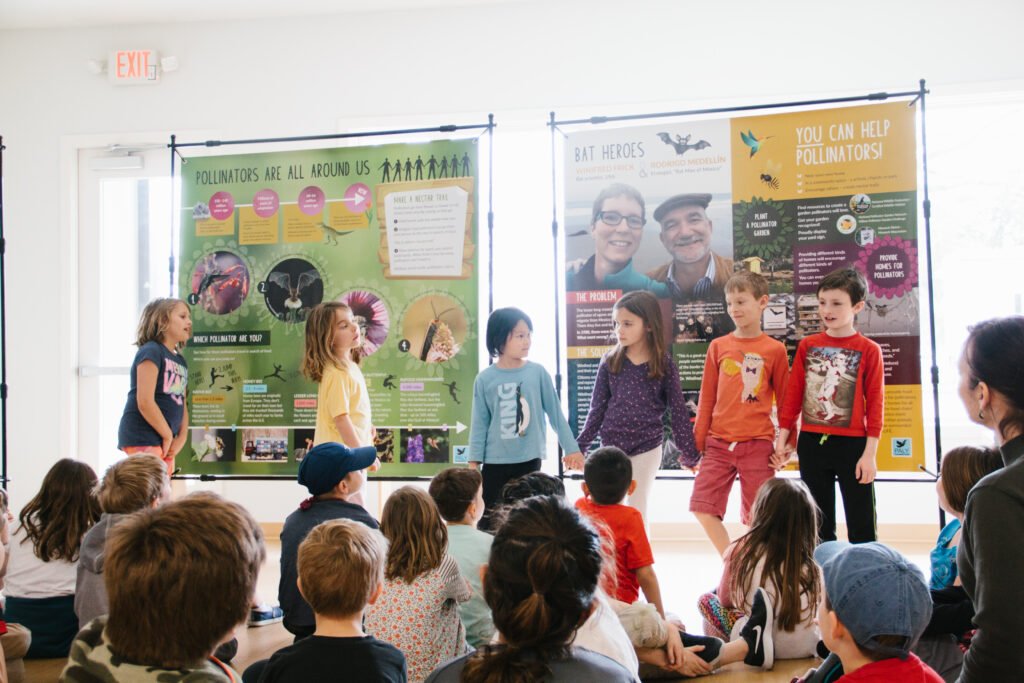
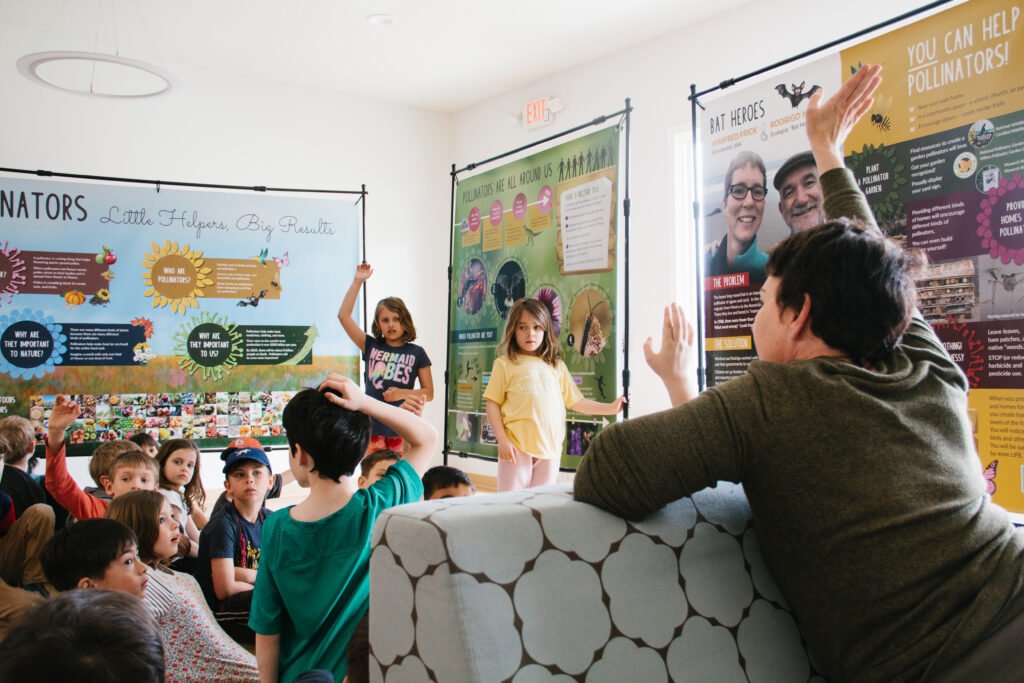
The exhibit discusses the importance of pollinators, the biodiversity of pollinators, why they are declining, stories of folks who are helping save them and what anyone can do to help.
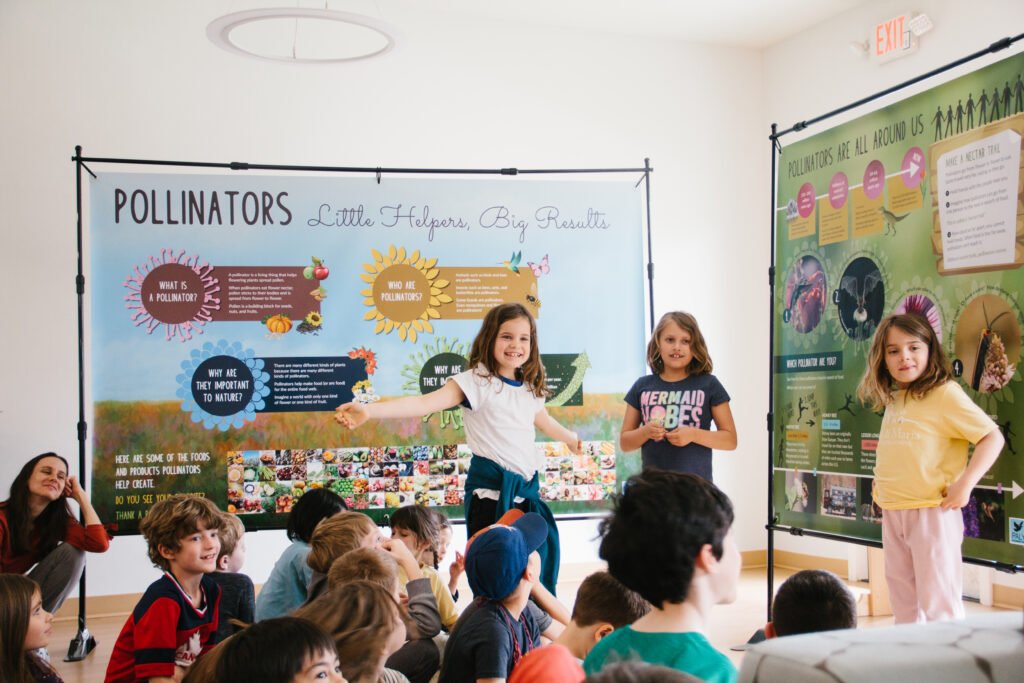
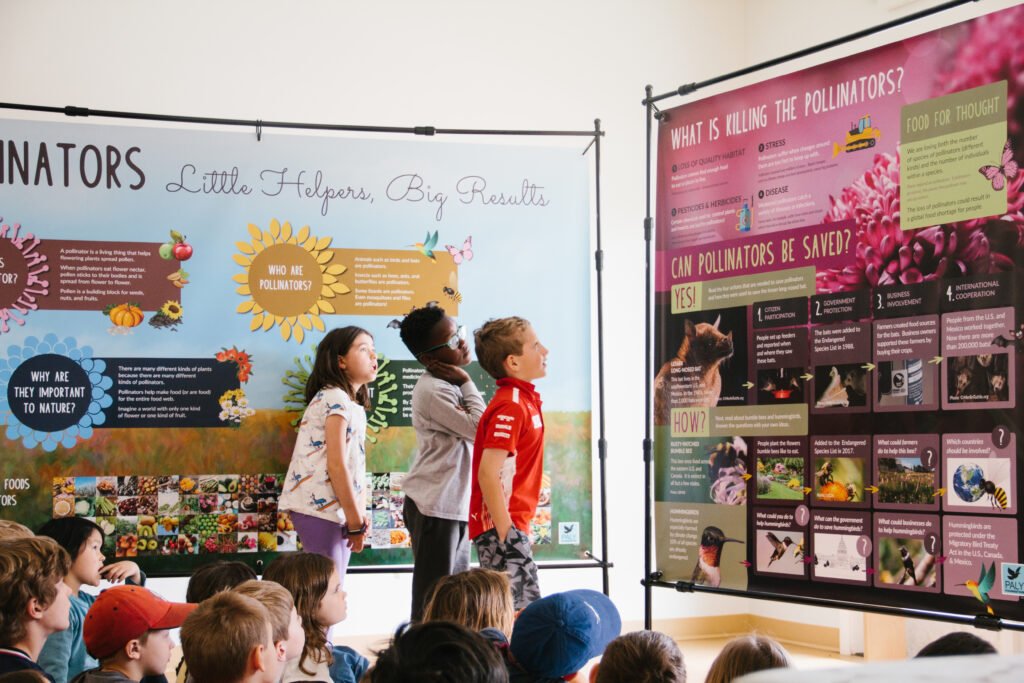
The children learned about bat bats, hummingbirds, bees and butterflies. In Montessori fashion the exhibit was even more specific - lesser long-nosed bat, Monarch butterflies, ruby-throated and rufus hummingbirds and the rusty-patched bumble bee.
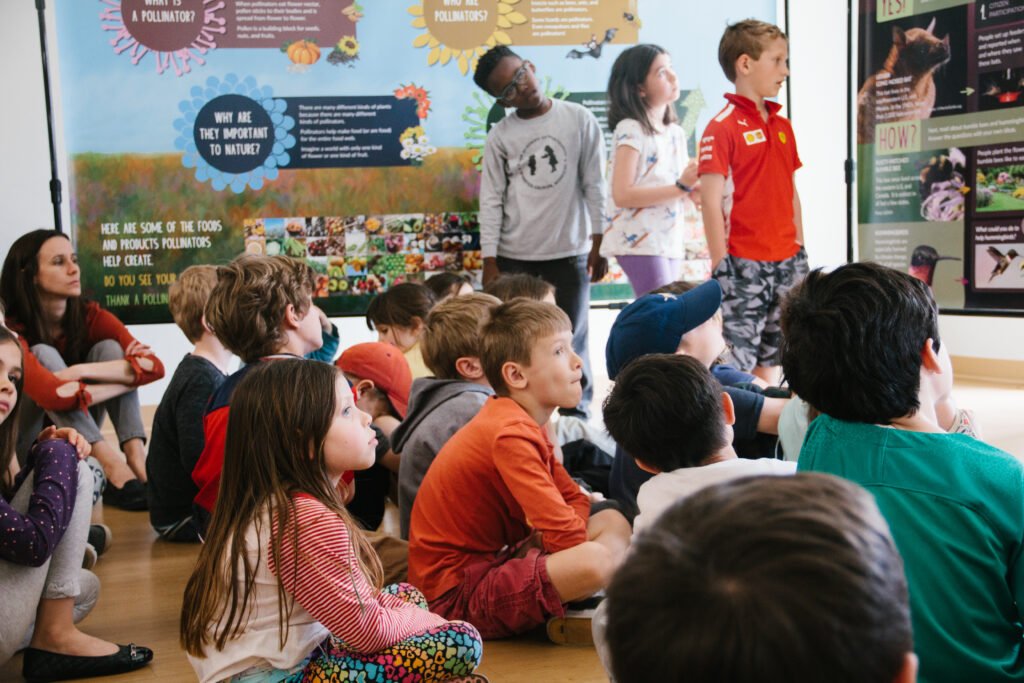
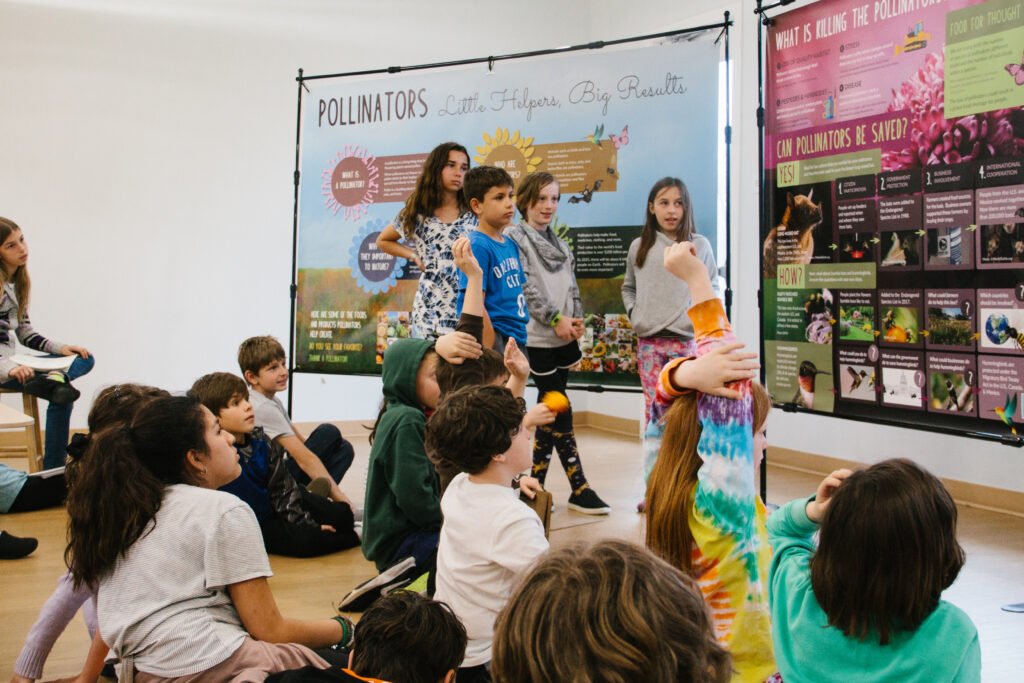
Our great thanks to VdM parent Charmin Dahl for bringing her work with The Paly Foundation to Villa di Maria and facilitating the children's interactions with this exhibit. She started from what the children knew - asking the Extended Day children about the parts of a plant and if they knew of any pollinators. The children were all over it, "A bee is a pollinator!"
Charmin shared, "Conservation is extremely easy to teach to young children because they are still entrenched in that "fairness" milestone of development. Children "get" conservation on that level -- "it's only fair that animals should get a chance to live out their lives in a habitat and without threat of extinction, because I want the same.""
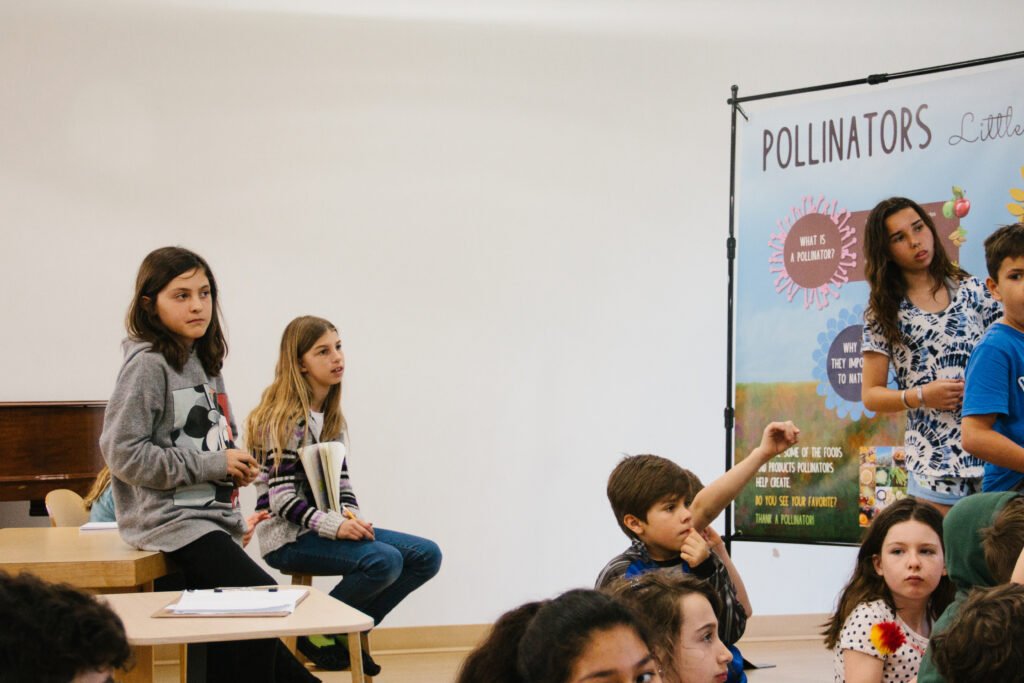 "Pollinators" along with other Paly Foundation exhibits can be viewed online. Look over what your children experienced and use this as an opportunity to start a conversation. Charmin notes that, "The field of people who create exhibits (or create ed programs at zoos, etc.) know that conservation messages are more effective when learned as a multi-generational unit. ... Whatever that magic is about the family unit, we know that the conservation message sticks and that behavior is more likely to change (such as donating to a conservation org, or using reusable shopping bags, etc.)."
"Pollinators" along with other Paly Foundation exhibits can be viewed online. Look over what your children experienced and use this as an opportunity to start a conversation. Charmin notes that, "The field of people who create exhibits (or create ed programs at zoos, etc.) know that conservation messages are more effective when learned as a multi-generational unit. ... Whatever that magic is about the family unit, we know that the conservation message sticks and that behavior is more likely to change (such as donating to a conservation org, or using reusable shopping bags, etc.)."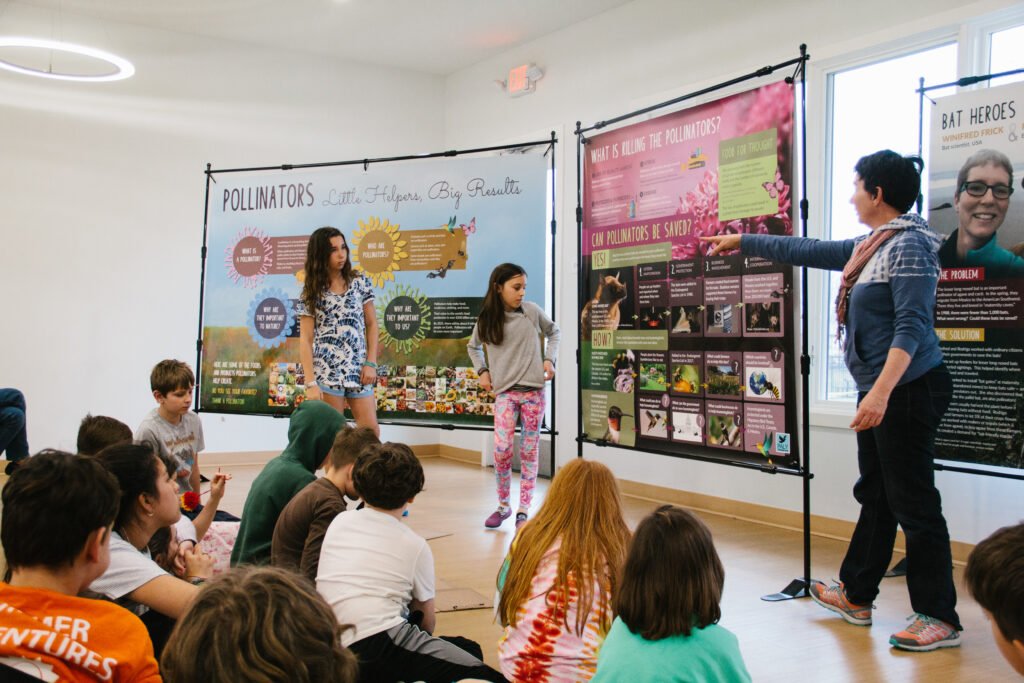
Credit for the brilliant photography is due entirely to Melinda Smith

